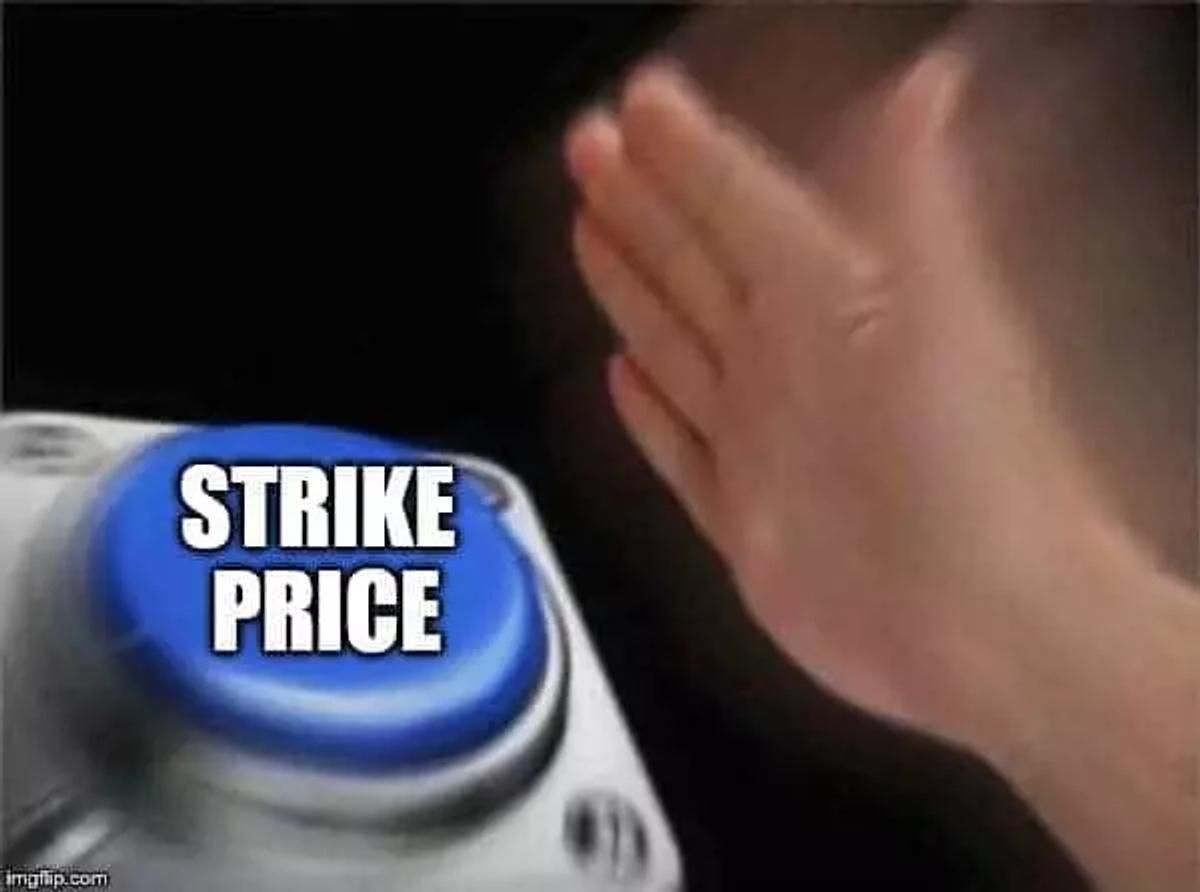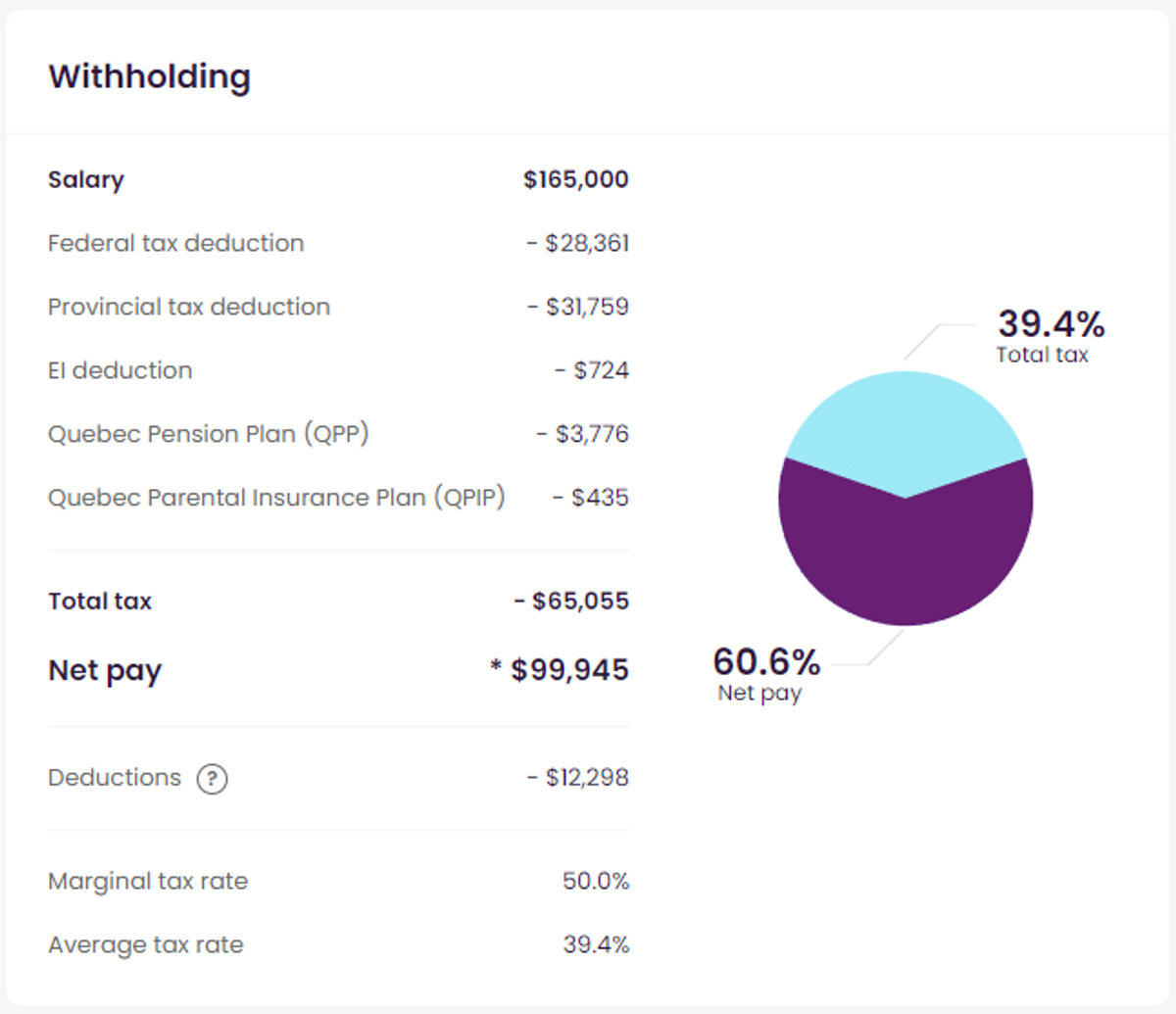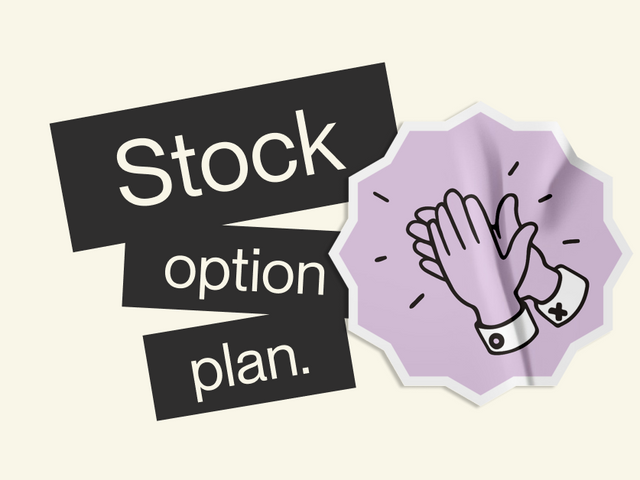This is an internal document. This article is a copy of what our teammates get when they start with oxio.
Ok, so you're trying to emulate, no, no, you ARE dancing like Driss in The Intouchables because you just received an invitation to join the oxio team.
BTW, WELCOME TO THE TEAM! 🥳 🎉
All of a sudden, out of freaking nowhere, your dance moves crumble as you read that you need to decide if you want to buy into oxio's stock option plan and, if you do, what you want your compensation split ratio to be. And you need to decide right now.
Talk about a buzz kill. You def. don't feel like listening to Earth, Wind & Fire anymore. You're probably feeling more like staring hopelessly into the void and listening to Daughter.
What kind of gibberish is compensation split ratio anyway? I certainly didn't learn about this shit in school and I bet you didn't either.
Don't you worry, don't you worry... it's actually real good stuff (only when you actually believe in the startup, though.)
I'll try to take a stab at demystifying how oxio's stock option plan works, so please bear with me during this not so pleasant, but hopefully helpful, post.
What is a stock option anyway?

Like Google says, a stock option is an "option given by a company to an employee to buy stock in the company at a discount or at a stated fixed price."
Which means that you do not actually own a piece of the company when you acquire stock options (like you would if you bought stocks of your favourite company in the public stock market)—you own the option to buy stocks in the company in the future at a stated fixed price.
With that generic definition of a stock option in mind, let's dive a bit deeper and cover some key components of oxio's Employee Stock Option Plan (ESOP).
If you look at your Employment Contract, in the Schedule A section, you'll read something like this (thanks to Gui, our lawyer, for making that section such an entertaining read):
you have decided to forfeit $[amount forfeited] of salary for the next 12 months in exchange for [number] options to purchase the same number of common shares of the Company at an exercise price of $[exercise price] per share (the “Options”).
LOL. So, let's break that down into smaller chunks (and the corresponding chapters of this long-ass doc.).
- you have decided to forfeit $[amount forfeited] of salary… (Compensation split ratio)
- for the next 12 months… (Vesting schedule)
- for [number] options to purchase the same number of common shares… (The Black-Sholes-Merton model)
- at an exercise price of $[exercise price] per share... (Exercise price)
I count four new, complicated terms. We’re going to talk about each one, one at a time.
1. Compensation split ratio.
At oxio we offer every teammate the opportunity to buy into oxio's stock option plan by turning a part of their yearly top of personal market salary into stock options.
For example (and to keep round numbers) if you received an offer for $150,000 a year to join our team, you now have a tough call to make: “how much of my salary do I want to invest in stock options?”
It's a full spectrum, and it's totally up to you. 10%, 50%, 100%, whatever. But, we sincerely recommend that you make sure you have enough money in the bank to back your personal burn for the year, because the decision is irreversible for the next twelve months. Keep that in mind.
2. Vesting schedule.
Vesting means ownership. At oxio, since you're trading compensation for stock options, you'll vest (in other words, gain ownership of) 1/12th of your stock options every month 'till you reach the 12th month of working with us. After that, you'll own 100% of your stock option plan.
If you decide to leave the company after your 6th month of employment, you would have vested 6/12 of your stock options, so you could leave with 50% of the stock options plan that was expressed in Schedule A of your employment agreement.
Get it? Good! But, there's more...
3. Exercise price.

The exercise price (also commonly called strike price) is the amount you will have to pay later per share to transform your options into real stocks of the company. Usually, you'll want to exercise your stock options at a liquidity event—aka an acquisition (if oxio is bought), a merger (if oxio becomes part of another company) or an IPO (Initial Public Offering).
I can already hear you say: "Marc, I get that, but how do I make any money with those weird things called stock options?" Simple. When you decide to exercise your options, you'll bank the difference between the price per share at that moment and the exercise price determined when you invested in the ESOP.
Continuing our earlier example, if in the future we go public at $200 per share and your exercise price (determined today) is $50, you'll cash in $150 per share. So, if you have 2,000 options with an exercise price of $50, you'll make $300,000.
This. Is. How. You. Make. Mad. Moolah.
“Ok Marc, now I get it, and I'm pretty excited to start making ‘mad moolah.’ But, how do you define the exercise price I'm getting when I start at oxio?”
Excellent question. It's the board of directors that decides the fair value of the stock options we offer our teammates.
We have two ways of defining the exercise price of an option. The first is by analyzing the latest round of fundraising. If we just closed a round of fundraising, your exercise price will be defined by the price the investors paid to buy shares in oxio.
The second way, if we haven't closed a round of fundraising recently, is to multiply our booked Annual Recurring Revenue (ARR) by 5. If we're at $20M ARR, we'll do $20M times 5, divided by all the outstanding shares (all the shares in circulation) of the company, and we'll set the exercise price at that number.
“Ok, yeah cool, got it, and now-”
Tut tut, there’s more more.
4. Introducing the Black-Scholes-Merton Model.
Let me bore you for a sec. with the formal definition of the Black-Scholes-Merton model:
Black-Scholes is a pricing model used to determine the fair price or theoretical value for a call or a put option based on six variables such as volatility, type of option, underlying stock price, time, [exercise] price, and risk-free rate. - Economic Times
Staying in Boredom Kingdom for another minute, here's the full equation:

Basically, in less math-genius terms, the BSM model lets us take into account the volatility of the shares of the company and the time that you'll hold the options to determine the intrinsic value of the options we offer you. (The intrinsic value is the price a rational investor is willing to pay, given its level of risk.)
In oxio’s case, this all amounts to about a 20% discount off the exercise price.
So, if you’re still a little confused… that’s fair. Let’s take a look at our ongoing example.
Let’s say you decide to invest ⅔ of your $150K salary (so $100K) in stock options. The exercise price is $50. That means you’d get 2,000 options ($100,000 / $50). But, because investing in oxio comes with a certain amount of risk, we'll apply a 20% discount to the exercise price to determine the intrinsic value of $40.
And that means, for the same investment, you’ll get 2,500 options ($100,000 / $40) instead of getting 2,000 options.
The exercise price of your options will stay the same, meaning when you exercise your options it will be for $50 per option instead of the $40 used to calculate the number of options you received.
Phew.
Okay, now you might have a weird feeling that all of this means you’ll be paying twice for the same thing. Well,
Here’s why you’re paying twice for the same thing.
"Marc, if I'm trading a part of my salary for stock options today, why does it feel like I'm paying now, plus paying the same amount again when I exercise my options?"
Actually, you're not wrong. But it's more complicated than that. We think that in the long term, it’s positive for our team. That’s why we offer it.
Our perspective is that you’re locking in today's value of the company for the next 10 years (we have a 10-year deadline to exercise your stock options). So, if you think that the company will grow at least 3x in the future, I believe it's fair to opt for stock options. If not, you should keep all your remuneration in salary.
Why 3x? Right. Let’s continue our example.
You invested $100K of your salary and got 2,500 options at an exercise price of $50. If you choose to exercise your options once the company has tripled in value, you pay $100K to turn your options into shares, and you sell your 2,500 shares at $150 per share for a total of $375,000.
Your net profit would be $375K - the $100K you invested to purchase the stock options - the $100K to exercise your options = $175K. Not bad at alllllll.
That’s why we say that your belief in the company tripling in value in the next 10 years is a good factor in making your decision. If it does triple, you’re rolling in it. If it doesn’t, then it’s not as profitable.
But here’s the neat part, and also one of the reasons you're not really paying twice for your right to invest in the company. The $100K you invested to get stock options was deduced from your salary pre-tax. And that second $100K you pay when you exercise your options is actually paid out of the $375K revenue, which also isn’t taxed (more on that in a sec.). That means you’re buying your stock options with pre-tax income.
Normally, when you invest, you have to use your post-tax income. If you wanted to invest $100,000 of post-tax money, you’d need at least $165,000 of gross income to be able to do that, and you would then be left with $0 after the investment. (See the Talent graph below.)

So, that makes it all more interesting, right? Wait ‘till we push it further.
In Canada, there is this thing called capital gains deduction limit. Here's the boring definition:
An eligible individual is entitled to a cumulative lifetime capital gains exemption (LCGE) on net gains realized on the disposition of qualified property. This exemption also applies to reserves from these properties brought into income in a tax year.
For 2021, if you disposed of qualified small business corporation shares (QSBCS), you may be eligible for the $892,218 LCGE.
At first glance, you'd bet that it's Gui, our lawyer, who wrote that definition, but no, he didn't. What it means is that you won't get taxed on your personal gains up to $892,218. So in your case, the money you made from exercising your options would go directly in your deep, deep pockets. Like I said, the only loser in this scenario is the government (I feel like I'm going to regret having written this).
At the end of the day, a real savvy financier would probably see this scenario as a tax arbitrage play (not tax evasion, we aren’t about that life).
Conclusion.
So, should you split your salary and buy into oxio's stock option plan? Well, we can't answer that question for you. Our lawyers (one last shout out to Gui) would lose it. But we can say that the reason we're offering this option is to allow everyone at oxio a chance to own a piece of the company that they're investing so much of their time and energy in.
As always, don't be shy. We're here for you and will do our best to clarify any questions you probably have.








